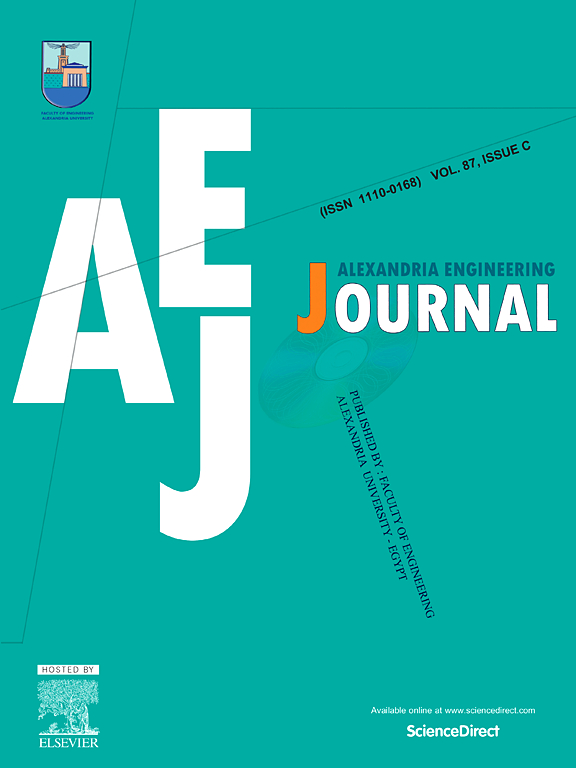RAM-MEN:适用于物联网边缘网络的稳健认证机制
IF 6.2
2区 工程技术
Q1 ENGINEERING, MULTIDISCIPLINARY
引用次数: 0
摘要
移动边缘计算(MEC)和物联网(IoT)的快速发展带来了技术革命,使网络边缘的实时数据处理成为可能,这对自动驾驶汽车和智能城市等应用至关重要。随着有望实现超高速、广泛连接和低延迟通信的 6G 网络的出现,MEC-物联网系统正变得越来越强大,但也面临着巨大的安全挑战。现有的身份验证机制(AM)往往容易受到冒名顶替和内部威胁等攻击。本文介绍了一种名为 RAM-MEN 的新型轻量级 AM,它采用密码学和物理不可克隆函数(PUF)来确保 6G 时代物联网 MEC 环境的安全。它可防止内部威胁和伪造的 MEC 接入点,同时确保效率和可扩展性。此外,拟议的 RAM-MEN 还能在物联网设备和 MEC 服务器之间建立安全通信通道(会话密钥),从而实现计算密集型任务的安全卸载。会话的安全性使用正式方法(包括 Scyther 和随机或真实模型)和非正式方法进行了严格评估。性能对比评估表明,拟议的 RAM-MEN 可将通信成本降低 21.54% 至 45.53%,将计算成本降低 17.09% 至 83.72%,同时提供更强的安全功能。本文章由计算机程序翻译,如有差异,请以英文原文为准。
RAM-MEN: Robust authentication mechanism for IoT-enabled edge networks
The rapid expansion of Mobile Edge Computing (MEC) and the Internet of Things (IoT) has revolutionized technology by enabling real-time data processing at the network edge, which is essential for applications such as autonomous vehicles and smart cities. With the advent of 6G networks, which promise ultra-fast speeds, vast connectivity, and low-latency communication, MEC-IoT systems are becoming more powerful but also face significant security challenges. Existing authentication mechanisms (AMs) are often vulnerable to attacks like impersonation and insider threats. This paper introduces a novel lightweight AM, called RAM-MEN that employs cryptography and physically unclonable functions (PUFs) to secure IoT-enabled MEC environments in the 6G era. It protects against insider threats and fake MEC access points while ensuring efficiency and scalability. Additionally, the proposed RAM-MEN establishes a secure communication channel (session key) between IoT devices and the MEC server, enabling secure offloading of computationally intensive tasks. The security of the session is rigorously evaluated using formal methods, including Scyther and the random or real model, alongside informal approaches. Comparative performance evaluations show that the proposed RAM-MEN reduces communication costs by 21.54% to 45.53% and computational costs by 17.09% to 83.72%, while providing enhanced security features.
求助全文
通过发布文献求助,成功后即可免费获取论文全文。
去求助
来源期刊

alexandria engineering journal
Engineering-General Engineering
CiteScore
11.20
自引率
4.40%
发文量
1015
审稿时长
43 days
期刊介绍:
Alexandria Engineering Journal is an international journal devoted to publishing high quality papers in the field of engineering and applied science. Alexandria Engineering Journal is cited in the Engineering Information Services (EIS) and the Chemical Abstracts (CA). The papers published in Alexandria Engineering Journal are grouped into five sections, according to the following classification:
• Mechanical, Production, Marine and Textile Engineering
• Electrical Engineering, Computer Science and Nuclear Engineering
• Civil and Architecture Engineering
• Chemical Engineering and Applied Sciences
• Environmental Engineering
 求助内容:
求助内容: 应助结果提醒方式:
应助结果提醒方式:


